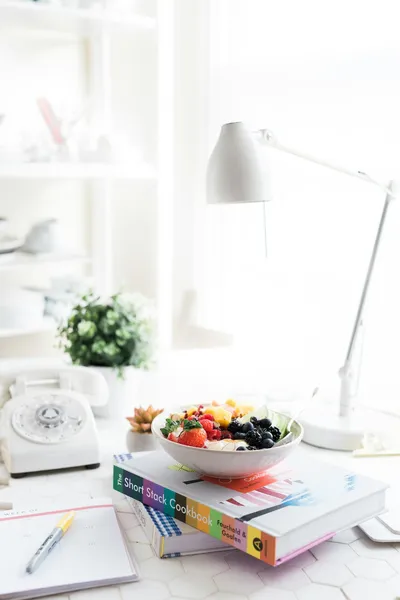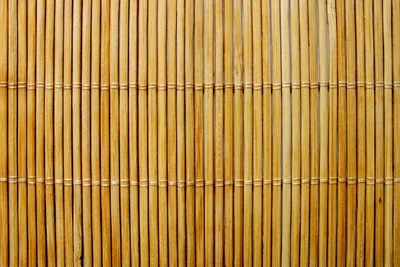Integrating Artificial Plants into Your Home Design: A Sustainable Approach to Green Living

In today's eco-conscious world, artificial plants have gained popularity as a sustainable and practical alternative to live greenery. Integrating artificial plants into home design not only enhances aesthetic appeal but also offers a maintenance-free solution to keeping plants alive. This blog explores the benefits of using artificial plants in home decor and provides tips on how to seamlessly incorporate them into various living spaces.
The Eco-Friendly Benefits of Artificial Plants
Longevity and Sustainability
Artificial plants last indefinitely without the need for water, soil, or sunlight. This permanence reduces the waste associated with frequently replacing wilted or dead plants. Additionally, because they require no natural resources to maintain, artificial plants are an excellent choice for eco-friendly home decor.
Reducing Carbon Footprint
Growing, transporting, and maintaining live plants, especially exotic varieties, can have a significant carbon footprint. Artificial plants eliminate the need for ongoing water consumption and the use of fertilizers or pesticides, making them a greener option in the long run.
Choosing the Right Artificial Plants
When selecting artificial plants, it’s crucial to consider both the style of your home and the specific needs of each room.
Quality Over Quantity
Invest in high-quality artificial plants that look as realistic as possible. Premium faux plants might be more expensive initially, but their authentic appearance and durability justify the cost.
Varied Textures and Sizes
Mix and match different types of artificial plants to create a more natural and less uniform look. Incorporating a variety of textures and sizes adds depth and interest to your space.
Incorporating Artificial Plants into Every Room
Living Room
Create a focal point in your living room with a large artificial tree, such as a faux olive or palm tree. Arrange smaller plants, like succulents and ferns, on shelves and coffee tables to add layers and fill empty spaces.
Kitchen
Herb gardens are popular in kitchens, but maintaining them can be challenging. Use artificial herb plants, such as basil, mint, or rosemary, to give your kitchen a lively and organic feel without any of the upkeep.
Bathroom
The typically low light and high humidity levels in bathrooms can be harsh on many live plants. Opt for artificial ferns or orchids, which can thrive in any condition and add a splash of color and texture to your bathroom.
Bedroom
For a calming and restful environment, place subtle artificial plants in your bedroom. Small tabletop plants or hanging greens can bring a sense of tranquility and nature close to your resting area.
Styling Tips for Artificial Plants
Complementary Containers
Choose planters and pots that complement both the plant and the room’s decor. Natural materials like wood, stone, or ceramic can enhance the overall aesthetic and blend seamlessly with both modern and traditional styles.
Layering and Grouping
Arrange multiple plants together to form a lush corner or a mini indoor garden. Varying the height and type of plants will mimic the diversity found in nature, making your artificial arrangements feel more organic.
Adding Personal Touches
Customize your artificial plant displays by incorporating elements like stones, pebbles, or even real soil into the base of the planters. These small details can make artificial plants look more authentic and integrated into your home.
The Role of Artificial Plants in Eco-Friendly Design
Artificial plants are more than just decorative items; they are a part of a broader movement towards sustainable living. By choosing artificial plants, homeowners can enjoy the aesthetic benefits of greenery without the environmental impact associated with cultivating and caring for live plants.
Reducing Allergens
Unlike real plants, artificial plants do not produce pollen or mold, making them an excellent choice for allergy sufferers. This aspect further contributes to creating a healthier and more comfortable home environment.
Versatility in Decor
The versatility of artificial plants allows them to adapt to any design style or seasonal changes without any additional resources. This adaptability is key to sustainable interior design, as it reduces the need to buy new decorations to match evolving trends.
Conclusion
Integrating artificial plants into your home design offers a perfect blend of beauty, convenience, and sustainability. As eco-consciousness continues to grow, artificial plants provide an excellent alternative for adding greenery to your home without the ecological footprint associated with live plants. By following the tips outlined in this blog, you can create vibrant, green spaces in your home that are both stunning and sustainable. Whether you are designing a new home or updating your current decor, consider artificial plants as a viable and environmentally friendly option for your green decorating needs.
Dive Deeper: More Inspirational Reads
Ready to take your design journey to the next level? Dive deeper into our blogosphere and uncover a wealth of knowledge waiting to be explored. Our curated selection of related articles offers even more inspiration, tips, and ideas to spark your creativity and ignite your passion for home decor. From practical advice to creative solutions, there's always something new to discover in our ever-expanding collection of articles.

Transforming Your Space with Adaptive Lighting

Incorporating Wellness Features in Sydney's Office Design

